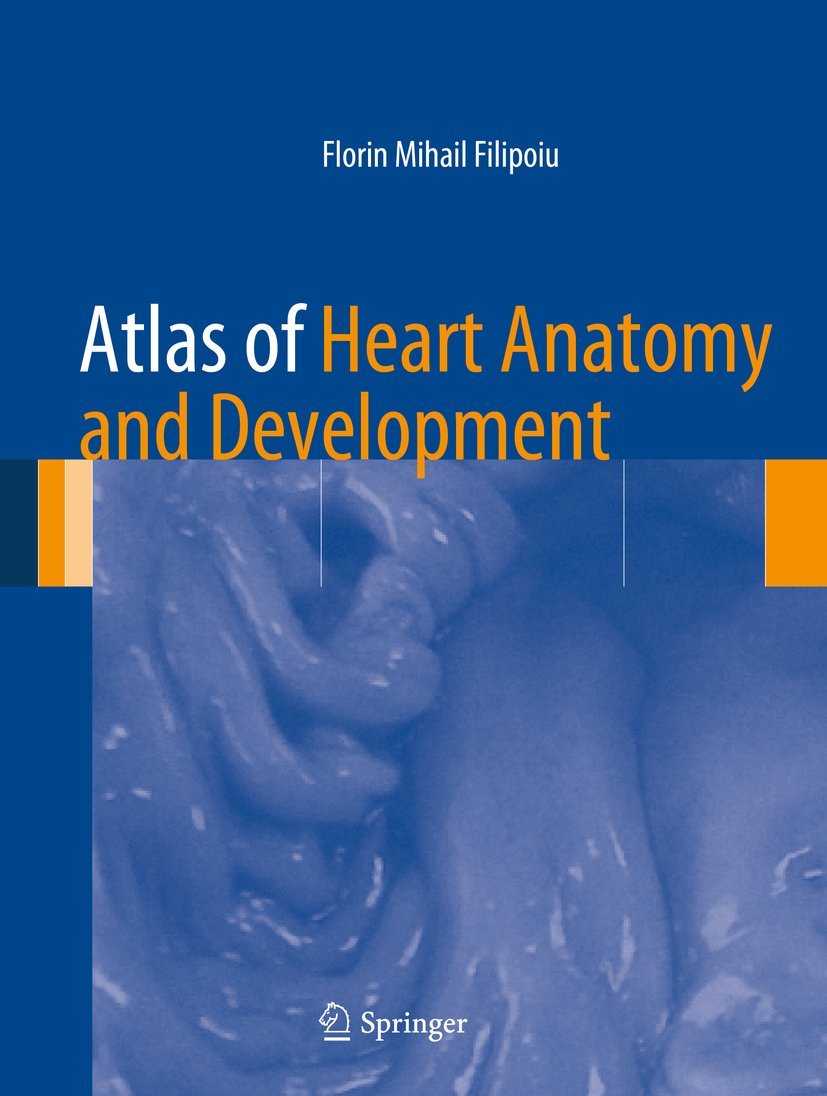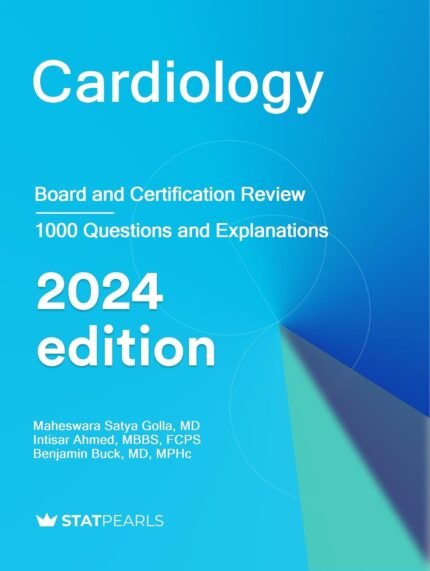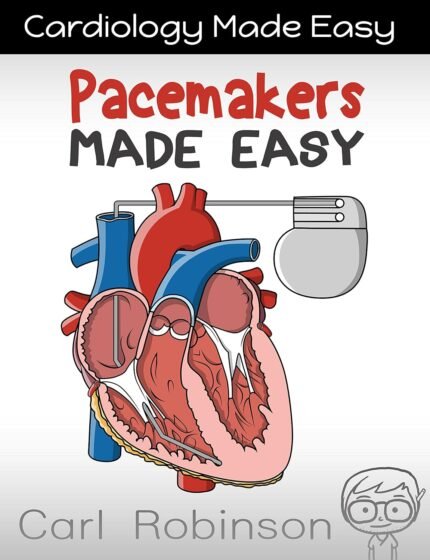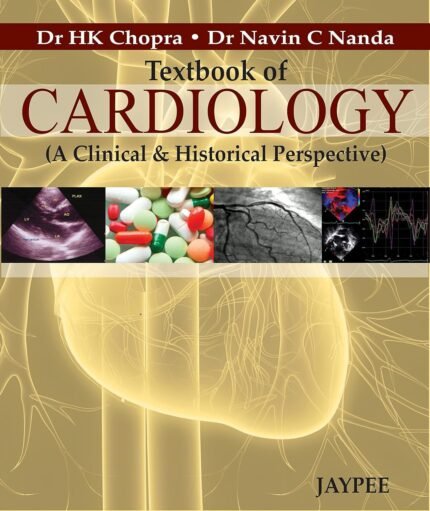“Atlas of Heart Anatomy and Development” is likely a comprehensive visual resource that provides detailed illustrations and descriptions of the anatomy and developmental stages of the heart. Such an atlas would be valuable for medical students, cardiovascular researchers, anatomists, and clinicians seeking to deepen their understanding of cardiac structure and embryological development.
Key features of an atlas on heart anatomy and development may include:
- Detailed Illustrations: The atlas would likely feature high-quality, detailed illustrations of the heart at various stages of development, from embryonic to adult forms. These illustrations may include schematic diagrams, cross-sectional views, and 3D reconstructions to depict the complex structure of the heart and its components.
- Embryological Development: The atlas may provide a comprehensive overview of the embryological development of the heart, including the formation of the primitive heart tube, looping, chamber formation, and septation. It may describe the key developmental events and molecular signaling pathways involved in cardiac morphogenesis.
- Anatomical Variations: The atlas may cover common anatomical variations and congenital anomalies of the heart, providing insights into the morphological diversity observed in clinical practice. This information is valuable for understanding the etiology and pathophysiology of congenital heart defects.
- Clinical Correlations: Clinical correlations may be included to highlight the relevance of embryology and anatomy to congenital heart diseases, cardiac imaging, surgical interventions, and cardiac pathology. This helps bridge the gap between basic science knowledge and clinical practice.
- Histological Sections: Histological sections of the heart tissue may be included to complement the anatomical illustrations and provide insights into the microscopic structure of the heart. These sections may illustrate cardiac histology at different developmental stages and in various pathological conditions.
- Functional Anatomy: The atlas may discuss the functional anatomy of the heart, including the structure and function of the cardiac chambers, valves, conduction system, and coronary circulation. It may also cover the relationship between cardiac structure and function in health and disease.
- Educational Resources: Additional educational resources, such as online quizzes, interactive modules, and clinical case studies, may be provided to enhance learning and facilitate self-assessment.
Overall, an “Atlas of Heart Anatomy and Development” serves as a valuable reference for anyone interested in the structure, development, and clinical relevance of the heart. It provides a comprehensive visual overview of cardiac anatomy and embryology, facilitating a deeper understanding of this vital organ and its role in human health and disease.

 Anaesthesia books
Anaesthesia books Behavioral Science Books
Behavioral Science Books Cardiology Books
Cardiology Books Obstetric and Gynecology
Obstetric and Gynecology AMC Books
AMC Books Prepladder Notes
Prepladder Notes Stethoscope
Stethoscope Dermatology Books
Dermatology Books Neurosurgery Books
Neurosurgery Books Dentistry Books
Dentistry Books ENT Books
ENT Books Anatomy Books
Anatomy Books Biochemistry Books
Biochemistry Books Biostatistics Books
Biostatistics Books Plab Books
Plab Books Radiology Books
Radiology Books Surgery Books
Surgery Books












Reviews
There are no reviews yet.